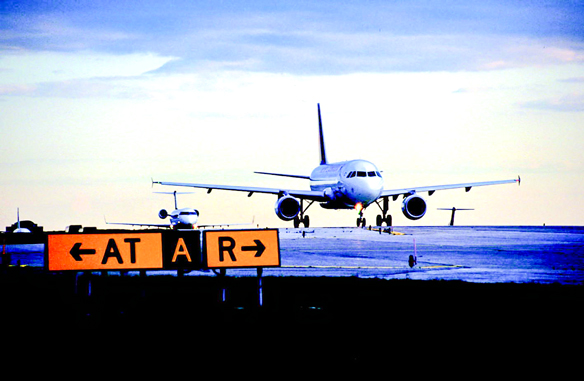Air Travel Continues Strong Recovery In July

IATA reports that passenger data indicates that the recovery in air travel continued to be strong in July.
The global airline industry association noted that it has returned to year-on-year traffic comparisons, instead of comparisons with the 2019 period, unless otherwise noted. Owing to the low traffic base in 2021, some markets will show very high year-on-year growth rates, even if the size of these markets is still significantly smaller than they were in 2019.
Highlights include:
- Total traffic in July 2022 (measured in revenue passenger kilometers or RPKs) was up 58.8% compared to July 2021. Globally, traffic is now at 74.6% of pre-crisis levels.
- Domestic traffic for July 2022 was up 4.1% compared to the year-ago period and is now driving the recovery. Total July 2022 domestic traffic was at 86.9% of the July 2019 level. China saw strong month-to-month improvement compared to June.
- International traffic rose 150.6% versus July 2021. July 2022 international RPKs reached 67.9% of July 2019 levels. All markets reported strong growth, led by Asia-Pacific.
IATA’s director general, Willie Walsh commented: “July’s performance continued to be strong, with some markets approaching pre-COVID levels. And that is even with capacity constraints in parts of the world that were unprepared for the speed at which people returned to travel. There is still more ground to recover, but this is an excellent sign as we head into the traditionally slower autumn and winter quarters in the Northern Hemisphere.”

For Walsh, the bottom line is that: “Aviation continues to recover as people take advantage of their restored freedom to travel. The pandemic showed that aviation is not a luxury but a necessity in our globalized and interconnected world. Aviation is committed to continuing to meet the demands of people and commerce and to do it sustainably.”
IATA’s director general noted that: “We have set a goal to achieve net zero CO2 emissions by 2050, which is in line with the targets of the Paris Agreement. Governments will have the opportunity to support our commitment by agreeing to a Long-Term Aspirational Goal (LTAG) of net zero aviation CO2 emissions by 2050 at the upcoming 41st Assembly of the International Civil Aviation Organization (ICAO). With governments supporting the same goal and timeline, we and our value chain partners can move forward with confidence towards a net zero carbon future.”
Go to www.iata.org for more.


